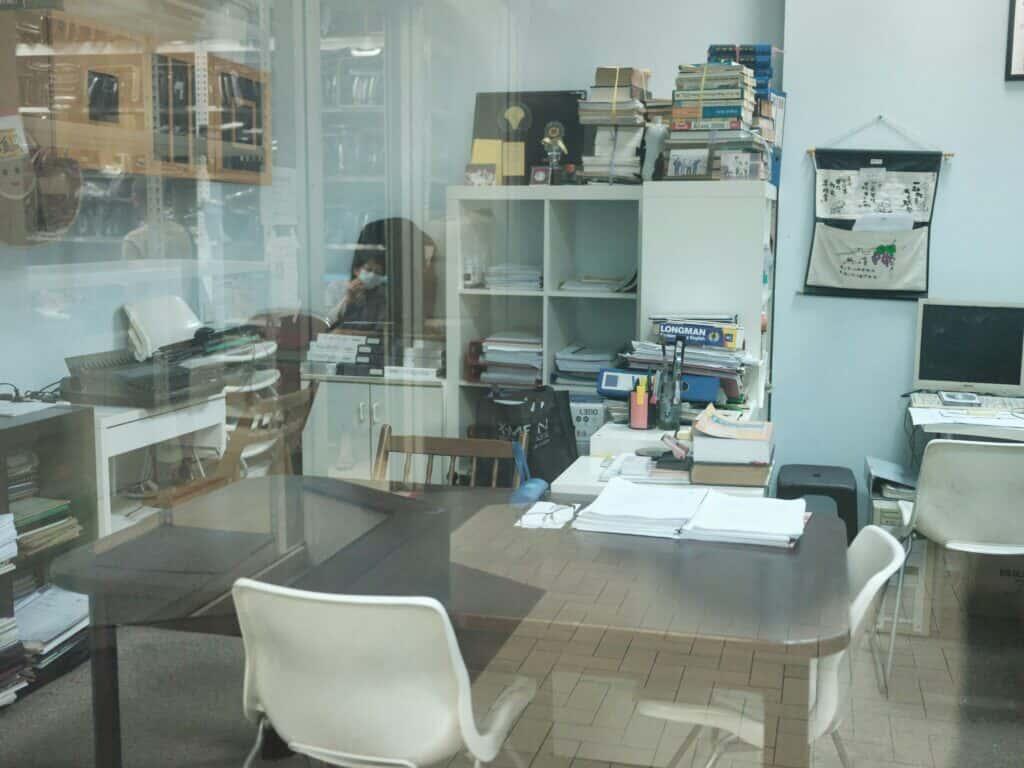How To Design Your Ideal In-Office Day For Hybrid Work Optimization

Going back to the office can be a shock after years of working from home. Even a hybrid schedule can feel jarring and hard to adjust to at first.
So, what’s the solution? Establishing a deliberate, in-office workday routine will lay the foundation for success. Designing your time in-office will make you feel better throughout the week, especially if you’re on a hybrid schedule. Simple rituals can make the shift from home to office feel more seamless and mentally manageable.
Here’s some research-backed ideas for building an intentional, productive office day.

Photo by Galen Crout on Unsplash
1. Aim For The Hybrid “Sweet Spot”
First, find what hybrid schedule works best for you. Is it one day per week? Half the week? Every other Monday?
A recent study found that spending around two days in the office per week is ideal. best for collaboration, mentorship, trust, and team performance without sacrificing the benefits of flexibility. This rhythm enhances visibility, networking, and spontaneous collaboration on in-office days, while remote days create space for focused work and greater mental and physical comfort.
2. Coordinate Your Office Days Intentionally
Rather than choosing in-office days at random, research shows it’s better to coordinate with your team. Plan to be in the office on the same days as your key collaborators, your manager, and your core team.
This way, there are more opportunities for spontaneous brainstorming and mentorship. Also, this makes your commute time worth it, offering you high-impact face-to-face opportunities.
3. Structure Your Day Around In-Person Wins
At the start of your week, make a to-do list with two sections: in-office tasks and WFH days. A study found there are benefits to dividing tasks in this way.
Make your office days filled with brainstorming meetings, feedback sessions, client pitches, team alignment workshops, and important conversations. These flow better face-to-face and strengthen relationships. Reserve quieter, heads-down tasks, like deep writing, analysis, and focused planning for WFH days, when distractions are fewer.

Photo by Shridhar Gupta on Unsplash
4. Create A Reliable Morning Routine, No Matter Where You’re Working From
Your mindset begins even before your workday starts.
Research recommends maintaining a consistent morning schedule including a wake-up routine, which might include meditation, exercise, journaling, or planning. Then, get dressed as if you were going to the office, no matter what. Next, either start your commute or layer in a mini fake commute, like a 20-minute walk listening to your favorite podcast.
Sticking to the same routine each day will help you mentally shift into work mode, and it helps regulate your circadian rhythms, so each day has consistency.
5. Take Purposeful Breaks In The Day
Taking breaks during the workday is not just a luxury. Breaks, even microbreaks, are essential. A recent study published in 2025 highlighted the power of micro-breaks. Taking even brief one-to-five-minute pauses between tasks can replenish energy resources, boost your concentration over time, and maintain your vitality until the day’s end.
Taking breaks at home is typically easy, but when in the office, use breaks to walk outside, step away from your desk, connect with colleagues, or mindfully eat lunch without screens. These simple acts refuel your body, mind, and spirit.
6. Set Clear Boundaries Around Your Work Hours
When working a hybrid schedule, it’s easy to fall into the pattern of an “infinite workday.” Research shows productivity wanes past about 50 hours per week. After that, extra hours deliver little benefit and erode your well-being.
Establish a consistent start and end time, even when in the office. Avoid checking email or instant messaging outside of those hours. And if you have to reach out to someone outside of regular hours, use features like scheduled send for emails and clearly mark “Not Urgent” on communications, to respect your team member’s time too.
7. End the Day With A Transition Ritual
No matter where you are, structure time to switch out of work mode. Maybe this means you end each office day with tasks to pick up tomorrow, then shut down your computer. Make time to
consciously unwind. Step away from screens an hour before bed, hydrate, stretch, or meditate. This helps your brain disconnect and supports restorative sleep, a critical buffer against burnout.






